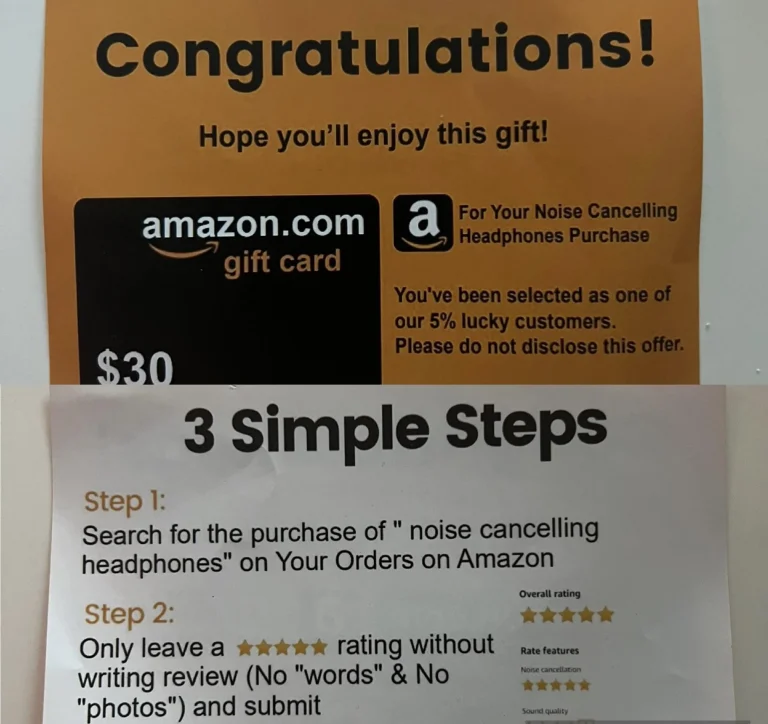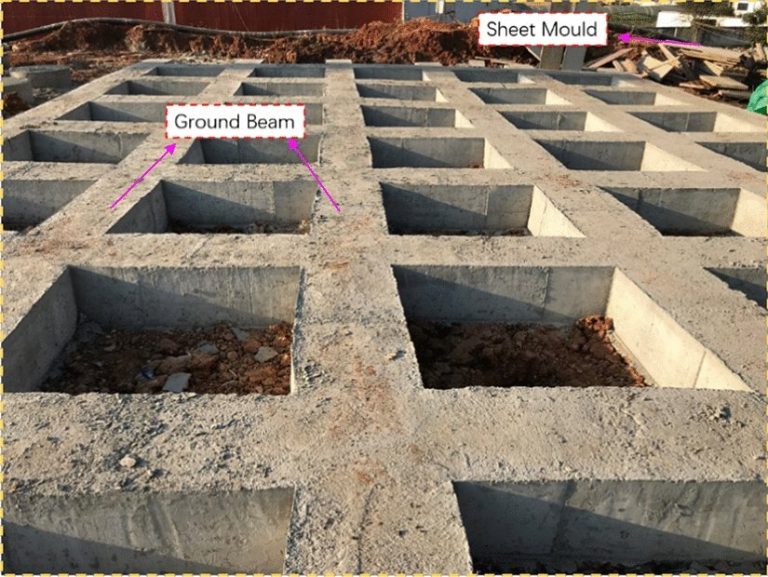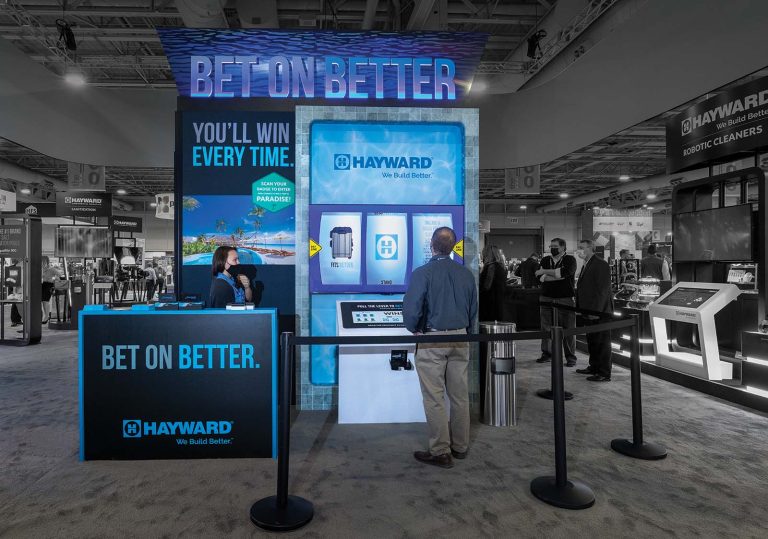
Trade show attendees are looking for experiences that go beyond static displays and traditional marketing materials. Immersive booth design, which incorporates augmented reality (AR), virtual reality (VR), and other interactive technologies, allows exhibitors to engage visitors in new and memorable ways. These tools create an experience that captivates the senses, encourages exploration, and reinforces brand messaging. Understanding how to integrate AR, VR, and interactive tech into your booth can help exhibitors maximize engagement, generate leads, and create lasting impressions.
Why Immersive Booth Design Matters
Immersive experiences are more effective than traditional displays because they actively involve visitors in learning about your products or services. Key benefits include:
- Increased visitor engagement and dwell time
- Clearer demonstration of complex products or services
- Differentiation from competitors on a crowded trade show floor
- Stronger brand recall and visitor memory
- Opportunities for social sharing and digital amplification
Exhibitors that embrace immersive technology create booths that feel modern, exciting, and relevant to today’s tech-savvy audiences.
Understanding AR and VR Applications
AR and VR provide distinct ways to engage visitors:
Augmented Reality (AR): AR overlays digital content onto the real world, typically via mobile devices or AR glasses. It allows attendees to explore product features, visualize applications, or interact with digital content without leaving the physical booth.
Virtual Reality (VR): VR immerses users in a fully digital environment through headsets, creating experiences such as virtual tours, product simulations, or interactive training demonstrations.
Both AR and VR can be tailored to specific goals, whether that is product education, brand storytelling, or interactive entertainment.
Interactive Technology Beyond AR and VR
In addition to AR and VR, other interactive technologies enhance booth engagement:
- Touchscreen displays for product catalogs or educational content
- Motion sensors that trigger visuals or lighting when visitors approach
- Gesture-controlled interfaces that provide intuitive, hands-on interactions
- QR codes and NFC tags for mobile engagement and content delivery
- Gamification features such as digital quizzes or competitions
These tools encourage participation and create memorable experiences that go beyond traditional trade show interactions.
Design Principles for Immersive Booths
Creating an effective immersive booth requires thoughtful integration of technology into overall design. Consider these principles:
- Focus on Visitor Flow: Place interactive stations strategically to guide attendees through the experience.
- Clear Instructions: Ensure users understand how to interact with AR, VR, or touch-based elements quickly.
- Accessibility: Make experiences easy to access for all visitors, avoiding overly complex setups.
- Seamless Branding: Integrate technology with visual design, graphics, and messaging to reinforce brand identity.
- Balance Digital and Physical: Combine immersive tech with tactile elements such as samples, demos, or physical props.
Structured approaches can include a central VR demo area, peripheral AR stations, and interactive touchscreen panels along booth walls to keep visitors engaged throughout the space.
Examples of Immersive Booth Experiences
Successful immersive booths combine storytelling with technology. Examples include:
- Virtual product demos allowing visitors to explore complex machinery or equipment in VR
- AR overlays that let attendees visualize furniture, decor, or construction products in their own environment
- Interactive gamification experiences that educate attendees while entertaining them
- Motion-triggered displays that respond to visitor movement, creating a sense of curiosity and engagement
Unstructured elements such as ambient sound, LED lighting, and themed décor can enhance immersion and make the booth more memorable.
Benefits for Lead Generation and Analytics
Immersive technology does more than engage visitors; it provides valuable data for exhibitors. Benefits include:
- Tracking visitor interactions and dwell time
- Measuring which products or experiences attract the most attention
- Collecting contact information through interactive registration or gamified lead capture
- Generating digital content for post-show follow-up and marketing campaigns
These analytics help exhibitors quantify ROI and improve strategies for future events.
Getting Started with Immersive Booth Design
Implementing immersive technology requires planning, expertise, and the right tools. Steps to get started include:
- Identify your primary goals for the booth and technology integration
- Choose AR, VR, or interactive solutions that align with those goals
- Ensure seamless integration with booth design, layout, and staff workflows
- Test the technology before the show to avoid technical issues
- Consider working with trade show specialists or partners for design and setup
Exhibitors can find expert guidance and solutions at ExpoMarketing to help design booths that maximize visitor engagement and provide measurable results.
Conclusion
Immersive booth design transforms the trade show experience by combining technology, storytelling, and interactivity. Incorporating AR, VR, and interactive tools allows exhibitors to capture attention, engage visitors, and create memorable experiences that stand out on the show floor. By following thoughtful design principles, balancing digital and physical elements, and leveraging analytics, exhibitors can maximize both engagement and ROI. Immersive technology is no longer a luxury; it is an essential strategy for creating booths that attract, educate, and inspire attendees in today’s competitive trade show environment.





